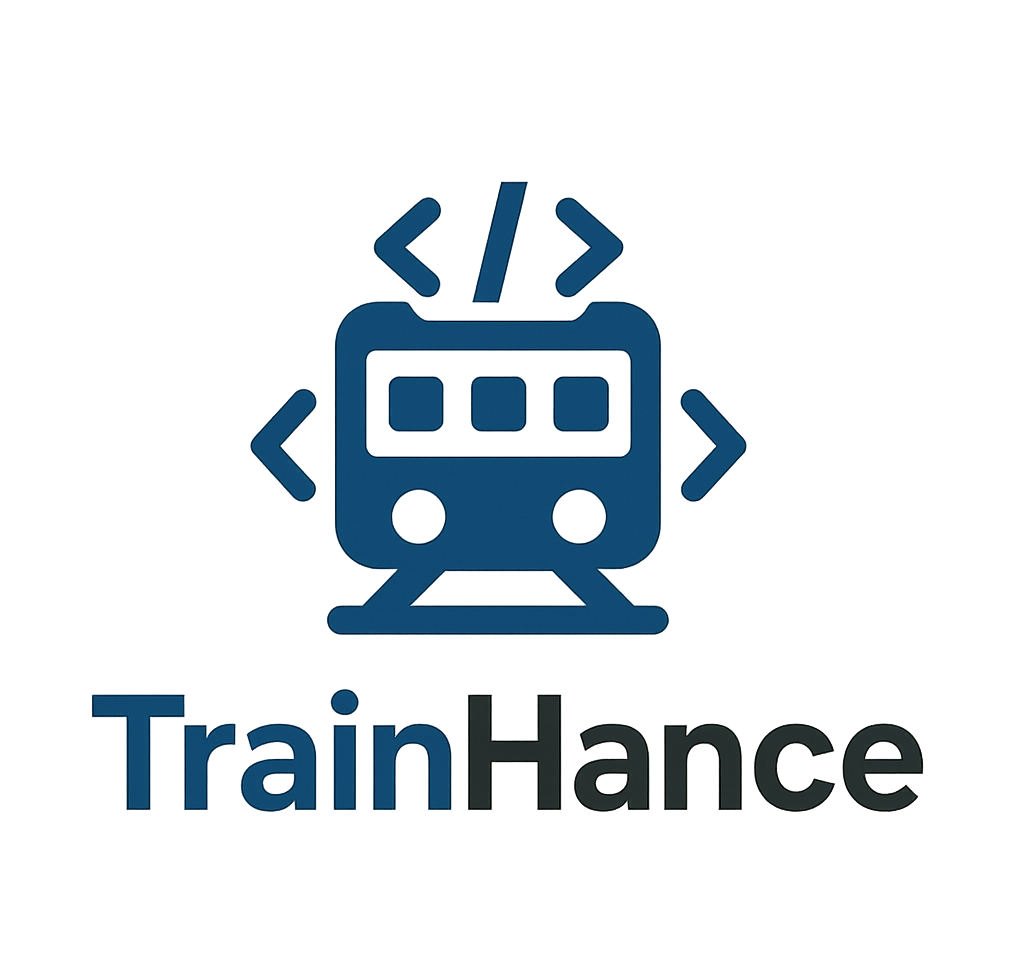Top 10 Banking Domain Tools Every Developer Should Know
The rapid digital transformation of banking systems has made technology central to financial operations. Developers in the banking domain play a crucial role in ensuring stability, scalability, and security of these systems, and to do so, they need to stay equipped with the best tools the industry has to offer.
This article highlights the Top 10 Banking Domain Tools Every Developer Should Know, explaining their features, use cases, and why they are essential for modern financial services.
Table of Contents
- Finacle (Infosys) – Core Banking
- Oracle FLEXCUBE – Universal Banking
- Temenos – Cloud-Native Core Banking
- Mambu – SaaS-Based Banking Engine
- Actimize – AML and Compliance
- T24 Transact – Retail Banking Core
- SWIFTNet – Financial Messaging
- ISO 20022 Tools – Data Standardization
- ELK Stack – Log Analysis in BFSI
- Power BI/Tableau – Reporting and Compliance
1. Finacle (Infosys) – Core Banking
Overview
Finacle, developed by Infosys, is one of the most widely used core banking systems globally. It empowers banks with flexibility, scalability, and ease-of-use by centralizing banking operations such as retail banking, loans, and CRM.
Key Features
- Modules Covered: Core banking, payments, wealth management, and analytics.
- Customization Options: Supports scripting and APIs for custom workflows.
- Global Reach: Used by over 250 banks in more than 100 countries.
Use Case
Banks can use Finacle to unify siloed operations, enabling seamless customer experiences across branches, ATMs, and digital channels.
2. Oracle FLEXCUBE – Universal Banking
Overview
Oracle FLEXCUBE is a comprehensive banking solution that supports retail, corporate, and investment banking needs. It offers customer-centric functionality, enabling financial institutions to innovate and adapt.
Key Features
- Simplifies compliance with global banking regulations.
- Integrates with advanced analytics tools for predictive risk management.
- Automates workflows to reduce manual errors in processes like lending.
Use Case
Banks transitioning from legacy systems rely on Oracle FLEXCUBE to modernize their infrastructure while reducing operational downtime.
Explore Oracle FLEXCUBE for more details.
3. Temenos – Cloud-Native Core Banking
Overview
Temenos is a cloud-native, API-first core banking platform that emphasizes modular architecture. Its scalable model makes it suitable for financial institutions of all sizes.
Key Features
- Real-Time Processing: Enables instant transaction handling.
- Strong API Integration: Simplifies connection with external systems like payment gateways.
- Elastic Scalability: Adapts to fluctuating demands, ensuring high availability.
Use Case
Temenos is ideal for banks looking to adopt open banking frameworks mandated by regulations like PSD2.
4. Mambu – SaaS-Based Banking Engine
Overview
Mambu is a next-generation, cloud-based core banking engine that offers unparalleled flexibility. Unlike traditional systems, Mambu operates on a SaaS model, making it a favorite among fintech startups.
Key Features
- Agility: Allows quick deployment of new financial products.
- Financial Inclusion: Supports micro-loans, peer-to-peer lending, and digital wallets.
- API-First Design: Perfect for integrating third-party fintech services.
Use Case
Fast-growing fintechs or digital-first banks can leverage Mambu to test and roll out products seamlessly.
5. Actimize – AML and Compliance
Overview
Actimize, a product by NICE, specializes in anti-money laundering (AML), fraud prevention, and trade surveillance. It ensures that banks comply with stringent financial regulations.
Key Features
- Detects fraudulent transaction patterns using advanced machine learning.
- Simplifies compliance reporting for FINRA, GDPR, and FATCA regulations.
- Real-Time Analytics prevents suspicious activities before completion.
Use Case
Actimize is particularly valuable for large banks operating in high-risk jurisdictions where fraud detection is critical.
Learn more about Actimize AML Solutions.
6. T24 Transact – Retail Banking Core
Overview
T24 Transact by Temenos focuses specifically on retail banking operations. It offers modularity and built-in support for multi-currency functionalities.
Key Features
- Instant reconciliation for high-volume payment systems.
- Enables banks to launch new digital products rapidly.
- Backed by AI for automated credit scoring.
Use Case
Banks needing an agile, retail-focused solution can implement T24 to power their core retail systems.
7. SWIFTNet – Financial Messaging
Overview
The SWIFTNet ecosystem connects financial institutions globally via secure messaging protocols. It plays a pivotal role in international trade finance and cross-border payments.
Key Features
- Reduces risks of financial fraud with secure messaging standards.
- Enables interoperability for multiple payment systems.
- Supports real-time processing for international transactions.
Use Case
SWIFTNet is commonly used for cross-border remittances and securities trading by global financial institutions.
8. ISO 20022 Tools – Data Standardization
Overview
With the growing adoption of ISO 20022, developers must use tools to enable smoother messaging between banking systems using data-rich formats.
Key Features
- Unifies financial messaging formats (e.g., account-to-account transfers).
- Supports integration with existing ERP solutions.
Use Case
Global payments and transactions become seamless when banks implement ISO 20022-compatible tools.
9. ELK Stack – Log Analysis in BFSI
Overview
The ELK Stack (Elasticsearch, Logstash, and Kibana) is widely used in the BFSI domain for log collection, analysis, and visualization.
Key Features
- Tracks error patterns across distributed banking environments.
- Monitors transactions in real-time for risk mitigation.
- Automates reporting of logs for compliance audits.
Use Case
Transaction performance issues or anomalies in trading systems can be analyzed quickly using ELK dashboards.
Learn how ELK Stack helps in FinTech.
10. Power BI/Tableau – Reporting and Compliance
Overview
Power BI and Tableau are data visualization tools that help financial institutions derive actionable insights from data-heavy operations.
Key Features
- Provides drag-and-drop reporting abilities tailored to banking workflows.
- Customized dashboards for risk, compliance, and fraud tracking.
- Real-time collaboration capabilities that improve team decision-making.
Use Case
Banks use Tableau or Power BI for regulatory reports (e.g., BASEL III liquidity reporting) and top-level management dashboards.
FAQs
What is the most widely used tool in core banking?
Finacle is one of the most widely deployed core banking solutions globally due to its modularity and extensive customer support.
Are cloud-native solutions replacing legacy systems?
Yes, platforms like Temenos and Mambu are gaining traction thanks to their superior scalability and flexibility compared to monolithic legacy systems.
How important is compliance software in BFSI?
Compliance software like Actimize is critical for meeting regulatory requirements and preventing financial crimes such as money laundering.
Summary
Banking technology continues to evolve, driven by the need for agility, security, and compliance. Tools like Finacle, Oracle FLEXCUBE, and Temenos lead innovation in core banking, while platforms such as Actimize and ELK Stack address compliance and operational risk. Developers aiming to excel in the BFSI space need to familiarize themselves with these tools to stay ahead in this fast-paced industry.
A combination of domain knowledge and technical expertise in these tools will help developers deliver real value to financial institutions while future-proofing their careers.


